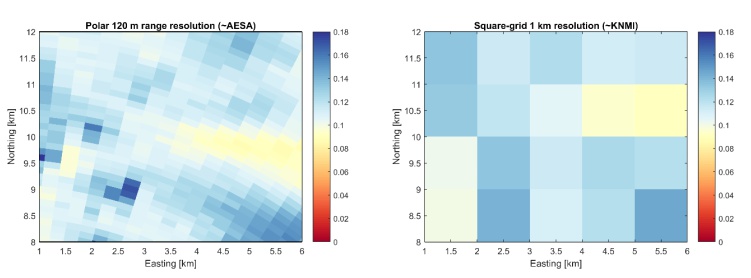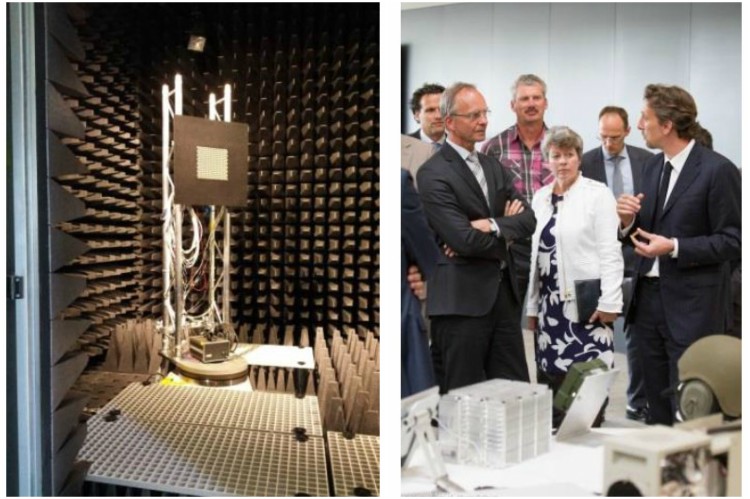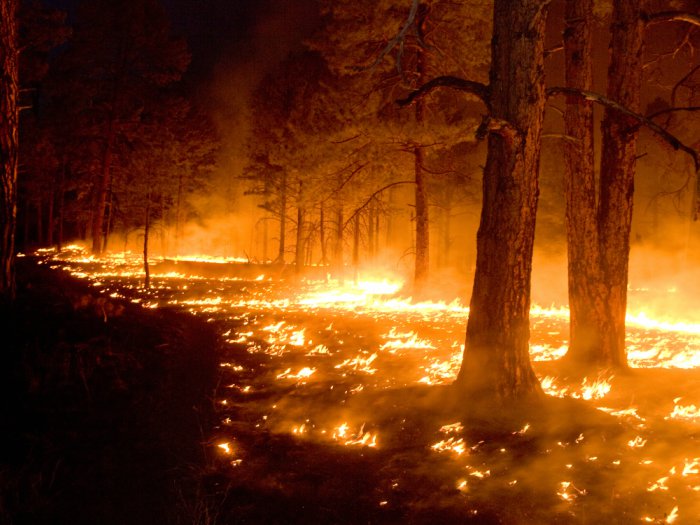A large Dutch consortium has joined in the project “Dutch network on small spaceborne radar instruments and applications (NL-RIA)”, led by TU Delft. The objective is to bundle the radar-related knowhow available in The Netherlands, and fill the knowledge gaps, in order to boost SmallSat radar-based Earth Observation technology. The focus of the project is on microwave remote sensing.
A key advantage of microwave remote sensing compared to optimal imagery is the all-weather/day and night observation capability, which greatly enhances the observation opportunities. This includes the ability to observe through clouds. Microwave remote sensing system include passive (radiometers) and active ones (radar altimeters, Synthetic Aperture Radars, precipitation radars, scatterometers, etc). This study will focus on altimeters and thus on active radar.
Continuous monitoring of fresh water bodies like rivers, lakes and artificial reservoirs, is important for water resources management, and thus for the principal water users in river basins, such as domestic, industrial and irrigation demands. Also, potentially there can be applications of this information for flood early warning, renewable energy (hydropower) and for the transport sector (shipping).
For the management of fresh water resources at the basin level, information on the status of surface water bodies is critical. In many areas in the world however, this information is scarce. Especially in developing countries, water level measurements of lakes and reservoirs are hardly available. In Europe, ground-based measurements are more common but sometimes performed by the entity operating the reservoir or river abstraction, and thus not available to water resources managers for the purpose of water resources planning. Also in transboundary (international) river basins, ground-based information is often not shared, so satellite-based information can be of high value for certain end-users (Zhang et al., 2014).
Altimeter measurements of rivers, lakes and artificial reservoirs and be used for two purposes:
- Strategic planning of water resources, which requires water resources assessments to support for example river basin management plans
- Operational management of water resources, for example for the hour-by-hour operational management of water release from reservoirs for hydropower.
The study performed by FutureWater focused on the first type of applications: strategic planning and decision making on the long-term. Especially for this purpose, satellite-based altimeter data has the potential to fill an important information gap. For the second type of applications: operational water management and short-term decision making, typically ground-level water level sensors are more cost-effective than satellite-based solutions.
Key results
From the analysis performed by FutureWater and based on literature review, the following key considerations are proposed for shaping a low-cost altimetry mission useful for assessing inland water bodies and water resources planning:
- Altimetry information can be extremely useful for complex systems as for example swamps, where data on surface water levels and flows are scarce, as often the case in developing countries. Altimetry data can support the management and conservation of these systems that provide key ecosystem services for people and the environment.
- To build hydrological models for water resources assessments, historic data is required to calibrate and validate the tools. To capture the variability in water resources systems and thus perform a successful validation, a period of around 10 years of altimetry data is recommendable.
- A revisit frequency of 1 month is typically sufficient for water resources assessments. Higher frequencies are normally not necessary as they may only lead to minor improvements in the performance of the modeling tools. Lower frequencies (e.g. two months) are not sufficient to capture the seasonal pattern adequately.
- The required accuracy is highly dependent on the characteristics of the water body and is a function principally of the annual dynamics in storage, and the depth-storage relationship. In case study I, with a very large but shallow water body, an accuracy of approx. 10 cm was considered necessary. For case study II, with a smaller and deeper water body, it was found that up to an error of 180 cm the performance of the model was not significantly affected.
- The accuracy requirement can possibly also be expressed as a percentage of the annual variability in water levels, of a particular water body of interest. For example:
- In case study I, annual increases of approximately 1 m are common. The accuracy requirement is approximately 10% of this (10 cm)
- In case study II, water level increases or decreases within a year of around 15 m are possible. Also here, the accuracy requirement is in the order of 10-15% of this annual variability.
- Finally it has to be noted, that the usefulness of the altimetry data is also dependent on the availability and quality of other datasets necessary for the hydrological modeling. These datasets are primarily the depth-volume relationship, ideally from in-situ measurements but possibly extracted from satellite data (Duan and Bastiaanssen, 2013b); as well as discharge data upstream or downstream of the water body. Without these data sources it is not possible to establish a reliable water balance of the water body.



